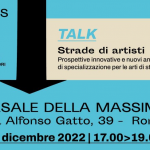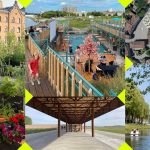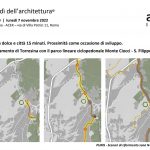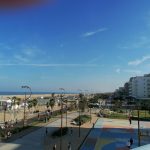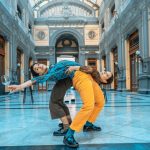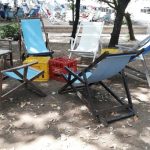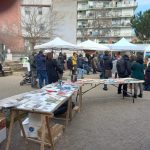Riqualificazione e Recupero Insediativo
Pourya Nazemi (Ph.D. Student, Faculty of “Valle Giulia”, University of “La Sapienza”, Rome)
To analyze the effect of annual religious-social events and ceremonies on the temporary transformation of public space function in the historic centre of Persian cities and the role of these events in the Rehabilitation process of historical quarters.
According to the last statistics, 98 percent of the population of Persia (Iran) is Muslim. As we know, the Muslims are divided into two main groups including Sunni and Shia and the 89 percent of the Iranians Muslims is Shia. We also should point out that, in the religion of Islam, in addition to individual customs and beliefs, there are many religious ceremonies that are held in a group or in the form of populated aggregation. In general, this social subject is more current in the Shia society, therefore the social-religious ceremonies are held annually and in the special days of the year and Iranians are very concerned about. Since the time of these events is short, some of the public spaces dedicated to these social movements have temporary function and in fact, are multifunctional spaces which accept various roles in different times. Moreover, it can be said that the feature of the city is various in some days of the year rather than the other days and in this way, some of urban public spaces have multiple urban identities in various dates of the year. This social-urban phenomenon is usually observed in the historic centre of ancient cities of Persia. In other words, it is considered one of the urban characteristics of the central zones of historical cities of Iran.
On the other hand, one of the sophisticated problems of the historic centers of Persia is the recession of these quarters and the phenomenon of abandonment by means of autochthonous inhabitants. Regarding this matter, recently the governors and experts of some of organizations such as Cultural Heritage and Activities, Ministry of Housing & Urban Development, and the Municipalities have prepared the Rehabilitation and Renovation programs for the historical urban fabrics. In the recent surveys done by the Urban Restoration specialists, it has been revealed that in the period in which aforesaid ceremonies are holding, the historical quarters come back to the former and main identity and find its past situation temporarily. Indeed, some of the autochthonous inhabitants return to their houses for a few days or weeks, open their house doors, clean them and inhabit in new homes. Thus there are many potentialities in these social-religous events that have the capacity of changing temporarily in the abandoned urban historic texture condition and this hidden potentiality should be revealed and exploited as a policy in the Urban Rehabilitation plans.
Firstly, this paper attempts to analyze the effects of these foresaid religious-social events on the identity of multifunctional public spaces in the historic centers of Persian cities and the transformation of the feature of urban and social characteristics in the period of these ceremonies. Secondly, the paper surveys social factors of these events affecting Urban Rehabilitation and Renovation programs. On the other word, the paper verifies how these ceremonies as a cultural heritage play a significant role in the Revitalization of abandoned historic urban textures.


